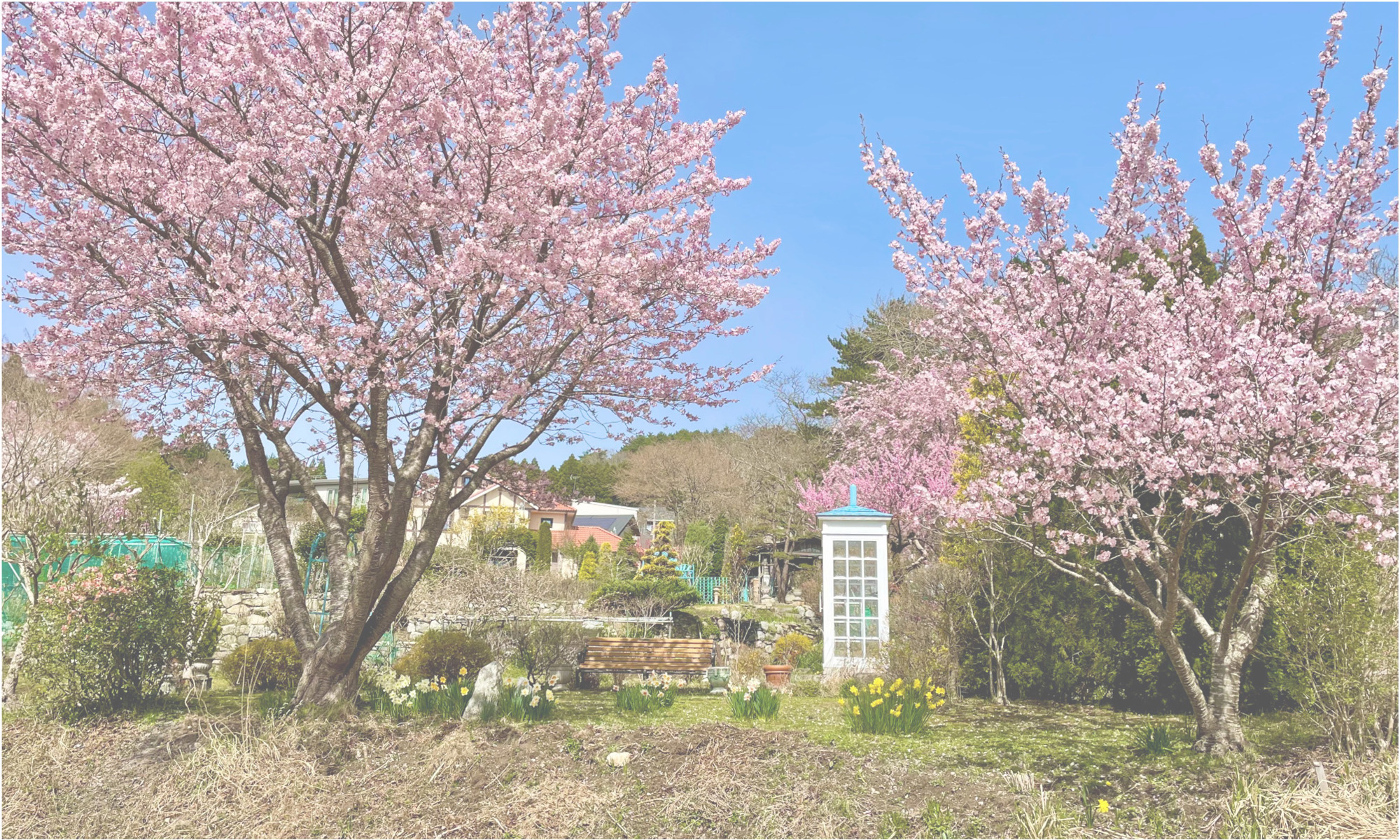As I’ve written many times before, I believe that “everyone is living the story of their life.”
We hold dreams and hopes for our own lives and strive daily to make them a reality. However, until they are realized, they remain fiction and illusion. In other words, since they are made-up stories, we can view them as narratives akin to novels or movies.
Family, lovers, and many friends and acquaintances are involved in shaping this story. When someone within it passes away, the story is interrupted, and we grieve while agonizing over how the story will unfold from there.
To fill the void of that loss, we need a new story—one where we can “meet the departed again” or “reconnect with them.”
Gripping the black telephone in “The Wind’s Phone” and engaging in self-questioning allows one to briefly reclaim those severed days. It leads to reflecting on the story up to that point and reconsidering the cause of the grief, helping to organize thoughts about “what exactly is sad and what exactly is painful.”
This is a rediscovery of the self, achieved through the expression of the deep-seated self-awareness within the heart in the form of words. It makes one conscious of the unfolding of a new story. I believe this generates the life force we call “rebirth.”
If we thought that because someone has died and lost their form, we could no longer convey our feelings, the Wind Phone would never have been born.
During my twelve years living in the mountains, I experienced connecting thoughts with animals and plants that don’t speak human language. However, I came to believe that conveying feelings to someone who speaks human language but has passed away requires a different kind of sensitivity than the emotional exchange with animals and plants.
Human lifespans range from 80 to 100 years. Whether one views this as short or long is subjective. Yet, when considering the time spent living versus the time after death, the latter holds an eternity, making us acutely aware of life’s brevity. Therefore, I believe it is crucial to maintain bonds not only during life but also after death.
The Wind Phone was born from the idea that just because something has no physical form doesn’t mean it has vanished. By considering the deceased as still existing, we can connect with them and share our thoughts.
Human “life” and “death” are connected along a straight line, with “death” lying on the extension of “life.” Furthermore, considering that “all things in the world are connected in some way,” ‘life’ and “death” should likewise be seen not as separate entities but as interconnected. This is why I believe the Wind Phone makes it possible to connect thoughts with those who have passed away.
